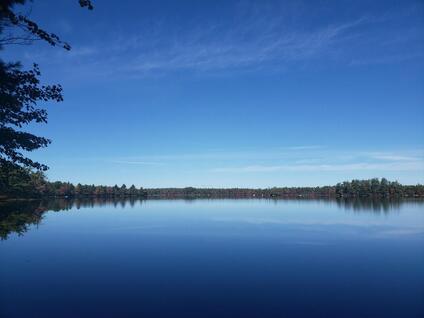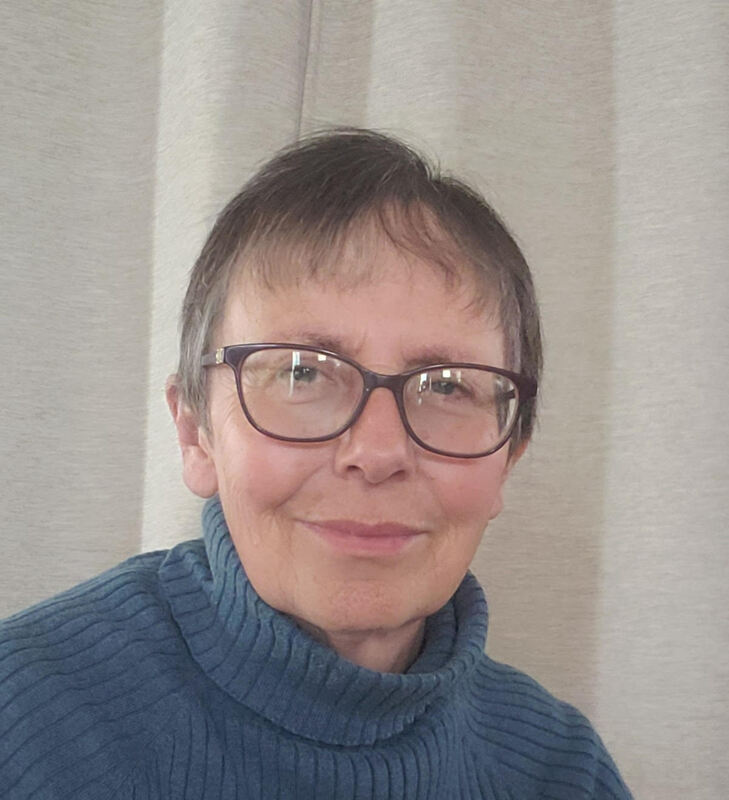AuthorAnne M. Smith-Nochasak: Archives
July 2024
Categories |
Back to Blog
Unwrapping the Resurrection10/8/2021  As a species, we love to predict and plan. We love to dream a future in which our lives will be rich and whole. We are troubled by our mortality, and yearn to describe what lies beyond our death. Invariably, we will be happy and we will be in charge. One of the joys of being a Euro-Canadian child in the 1950’s was inspecting the presents under the Christmas tree each December. We had many relatives, and therefore the presents extended over the floor. Mysterious objects were lifted, flexed, and shaken. We poked and prodded and predicted; this one might be an artist’s sketch pad, or a treasure map, or a beautiful painting of a wild horse galloping over the prairies – not the school notebooks that it probably contained.
As a species, we love to predict and plan. We love to dream a future in which our lives will be rich and whole. We are troubled by our mortality, and yearn to describe what lies beyond our death. Invariably, we will be happy and we will be in charge. Those who disagree with us will probably not fare so well. This is by no means a new attitude. In the upheavals of the Middle Ages, there were many movements pointing to a future in which the good (us) would be vindicated, and the evil (all those who disagreed with us) would come to ruin. Norman Cohn covers such movements in The Pursuit of the Millennium. In our own time of upheaval, we would do well to reflect. Many of us look forward to a Resurrection of the Dead, but none of us knows what is inside that package. Is it at the end of time? Is it a change experienced in the heart right now? Is it both? Is it just a dream? What did it mean to the followers of Jesus: Was it a physical event that affirmed their faith or was it, as Rudolf Bultmann suggested, a spiritual realization of the meaning of his ministry and death? We flex that package and try to guess what it contains. When my son went missing on the north Labrador coast a few years ago, a friend told me not to worry, that my mother was in heaven watching over him. My first thought was “You mean this doesn’t end? When I die, I will sit perched on the edge of heaven, viewing my descendants plunging into danger, forever and ever? And everyone will expect me to pull off a miracle?” If my mother had been watching over my son, then she first should have kept his Satellite phone dry, because he was fine but his phone was not. I was relieved to read that, biblically anyway, one typically rests with one’s ancestors in death, like King David . One does not watch grandchildren battling the waves and then try to control the storm for them. One does not spend eternity in a grand family reunion – I have enough trouble handling an afternoon at such events. I would rather spend eternity nurturing the crops, tending the livestock, and canoeing the shorelines. Especially shorelines like Rachel’s Wasaya Cove. I fashion an eternity that is pleasing to me. For the Indigenous peoples, the spirit vibrates in the universe, and all creation is connected. They knew these things before they were written down. They lived these things and knew them in their hearts. I read Genesis, and I learn how the Ruach (the Breath, the Spirit) moved over the waters, how it called forth all creation, how it breathed life into the first beings. There is raw creative power in those moments, but moved as we are, we try to force them into a box. We set boundaries; we develop residential school systems. I like to think that my body will return to the earth, and the breath (that is, spirit) that moved in me in this life will return to that same marvellous breath that moves through the universe, that breathes life into the universe. I cannot say how it will unfold, but the Author of the Universe is both infinite and intimate. Whatever unfolds, it will be right. I fashion an eternity that is pleasing to me. When I rip open the package on Christmas morning, it might be school notebooks. However, I can solve math problems in those notebooks, or jot notes for a remarkable novel. I will take whatever Resurrection I get. ***** Next time, I want to focus on Zephaniah, who reminds us that the Author of the Universe will deal with the oppressors, and give praise and honour to those who have suffered shame. As we look forward to growing together in Truth and Reconciliation, dare we hope that the day of uplifting has begun, for those who have been crucified?
0 Comments
Read More
Your comment will be posted after it is approved.
Leave a Reply. |
ANNE M. SMITH-NOCHASAK

 RSS Feed
RSS Feed
